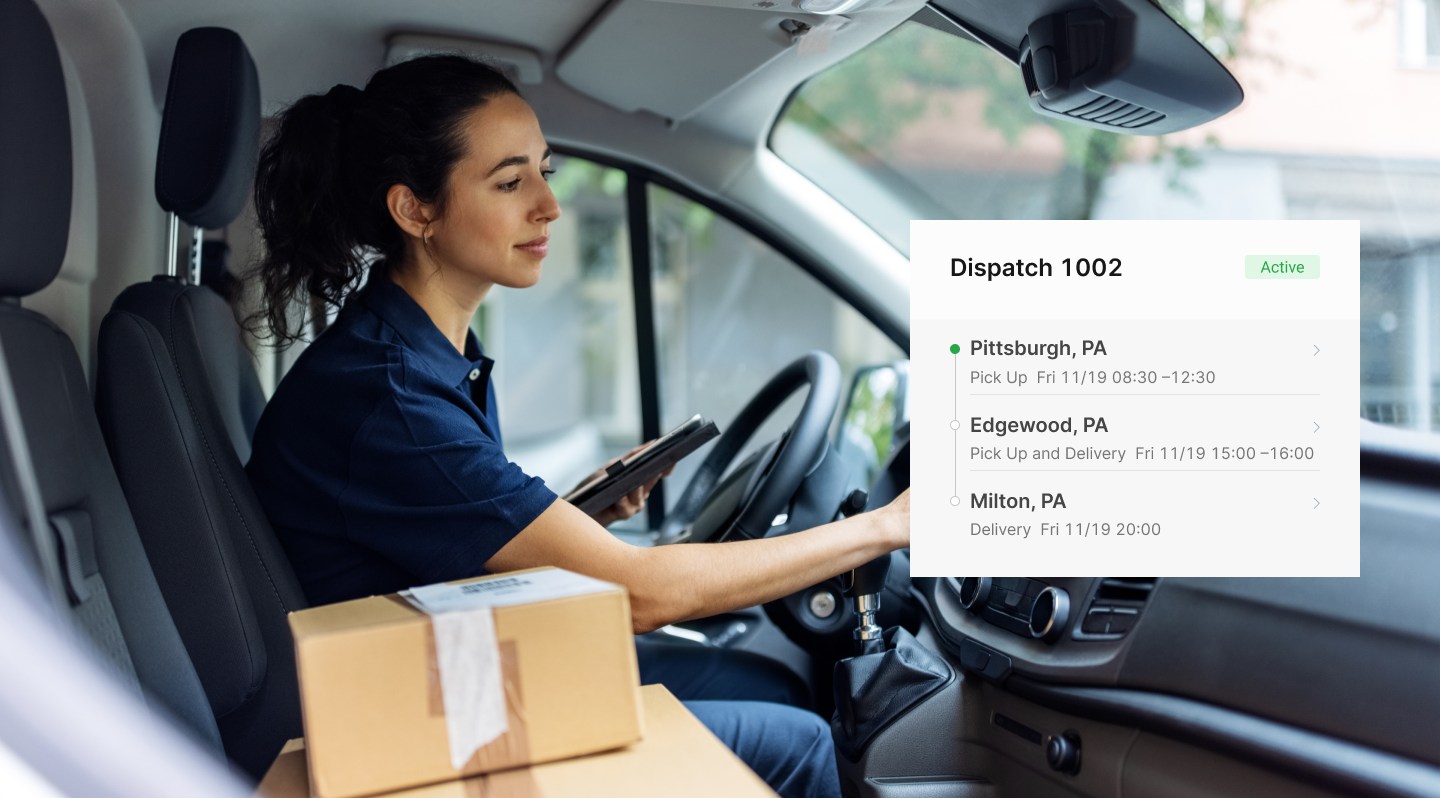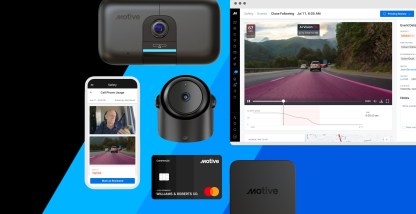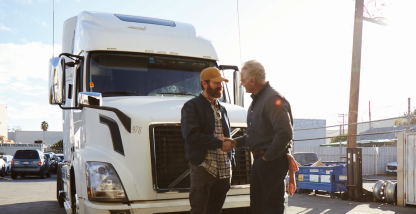Even before COVID-19, delivery services were in high demand. With e-commerce booming, more than 21 billion packages were on the move in 2019. Then the pandemic hit, and online shopping became even more common. Industries relied on delivery to stay afloat when people were forced to stay home, and delivery management remains a critical component of business success. This article shares the basics and best practices of the delivery management process and discusses the advantages of delivery management software.
What is delivery management?
Customers, be they consumers or other businesses, have high delivery standards. In this digital age, expectations for delivery management have grown more daunting. Deliveries are expected to be on time, accurate, and transparent. Customers want to know where their products are at any given moment and plan on when and where they’ll receive their delivery.
Delivery management involves overseeing the logistics of getting cargo from its origin point to its final destination. It also includes supervising drivers, communicating with customers and clients, and monitoring performance metrics to ensure business success.
Who is in charge of delivery management responsibilities?
Most commercial fleets have a delivery manager or logistics manager in charge of reviewing all orders, scheduling deliveries, and evaluating and troubleshooting any issues. The delivery managers:
- Oversee drivers.
- Provide guidance.
- Set delivery priorities.
- Keep customers informed.
- Address client complaints.
- Track performance and revenues.
These responsibilities make for a time-consuming job for a detail-oriented individual. But delivery management can be made easier with a delivery management app.
Why consider a delivery management app?
Today’s delivery processes can be streamlined in a single delivery management app. Instead of an individual having to work out the best route for every individual delivery, digital technology can take advantage of the power of artificial intelligence (AI) and machine learning (ML) to optimize route planning. This lets you save time on routes to ensure rapid deliveries while continuing to prioritize driver safety and security of cargo.
Delivery management software can also automate dispatch. Again, data intelligence can assign tasks to drivers based on several key factors in far less time than it would take a human to make the same calculations. Plus, the app’s software can help keep track of drivers’ hours of service and availability for delivery loads.
A delivery management app can also support accountability with proof of delivery and transparency through improved team and customer communication.
Drivers can easily upload images of bills of lading and add notes about the route or other information about the landing and unloading process to improve future routing. Instead of manually entering information, many delivery management apps offer built-in features for e-signature collection and can automatically generate notifications to customers or managers when load status changes.
Avoid having drivers show up to deliver a product when no one is available to receive it, or to collect a load when the loading dock is already crammed with the insights available in a database of deliveries, agents, and customers.
An app equipped with GPS tracking makes it possible for delivery managers to track vehicles, making it simple and convenient to communicate with clients about any changes to delivery times or challenges on the route.
Learn about features to look for in delivery planning software in our article on delivery route planning tips.
Delivery management best practices
In the demanding job of delivery management, it can help to adhere to best practices. Many of the suggestions below are supported by delivery management software.
Minimize human error
Failed delivery attempts and overly long routes are costly. They also frustrate the drivers you’re trying to retain for your fleet. If locations are entered incorrectly, the driver may not be able to find the accurate customer address. Without the right paperwork, that delivery may be held up at an inspection station or not released to the driver from the shipper. Tracking back often to human error, delivery managers can avoid these types of situations with delivery management software.
Using an app, drivers can send or receive instant proof of delivery, and fleet managers can quickly validate work with document uploading.
Automate dispatch
Keeping up with the demands of a delivery business is simple when you can automate dispatch. By using AI and ML technologies to optimize dispatch responsibilities, your fleet can assign delivery orders to the best drivers for that route. The automation software can identify nearby drivers and determine who’s available to fulfill the delivery order in a timely manner. With delivery dispatch automation, you also free up the logistics manager to focus on any issues that arise, ensure customers are satisfied, and train and mentor drivers.
Hire and retain qualified drivers
Delivery management depends on drivers to take the cargo and make timely deliveries. With a global shortage of experienced drivers, fleet success depends on hiring and retaining qualified drivers. Providing coaching and mentoring can attract drivers to your fleet and keep them learning and growing.
Asking your drivers for input also demonstrates respect for their route knowledge. Plus, you can gain valuable insights that support further route optimizations. For instance, they might provide feedback on traffic bottlenecks at problem locations or peak times. They may let managers know about customers who consistently throw off schedules, which impacts on-time delivery metrics.
Optimize routes
Good route planning can help accelerate delivery, which leads to customer satisfaction and repeat business. In addition to taking into consideration the drivers’ availability due to Hours of Service (HOS) regulations, delivery managers must also:
- Keep drivers and vehicles available for delivery routes.
- Anticipate the impact of poor weather.
- Avoid traffic and keep track of road conditions.
- Understand shipper and recipient expectations regarding loading/unloading.
- Prioritize sustainability and environmental factors.
Improve customer service
With the ability to assess and manage all angles of deliveries, fleet managers are better able to meet customer expectations. Plus, they can communicate with greater expedience and accuracy about delivery times or any potential challenges.
Tools for improving the delivery management process
Improve your delivery management process with software that provides the following key features.
Delivery route optimization
Routing deliveries by hand is time-consuming and labor-intensive. Plus, there are more likely to be errors. Powerful AI and ML algorithms take into consideration delivery windows, vehicle capacity, driver schedules, weather, and traffic much more efficiently than a human might.
Delivery vehicle tracking
Vehicle tracking offers several advantages in delivery management. Fleet logistics managers are able to easily see whether drivers are on their way to their next delivery, stuck in traffic, or heading the wrong way. The real-time visibility helps managers make adjustments to avoid wasting fuel or costly delays such as missing delivery windows.
The real-time awareness of truck locations can also enhance customer communications. Your business can maintain good relationships with clients by keeping their customers happy with notifications informing them about delivery status.
Delivery driver dispatch software
Empowering fleets with driver dispatch software makes communication between drivers and dispatchers more efficient. Tasks can be assigned through the app. Drivers can contact the office if they need guidance. And everyone benefits from the added context in the software of HOS compliance, fuel and vehicle diagnostics, and GPS awareness of the drivers’ location.
Driver dispatch software helps managers to prioritize deliveries, balance constraints such as time windows or driver availability, and increases overall accuracy, precision, and reliability.
How to use Motive for your delivery management needs
Motive’s delivery fleet management software provides all-in-one delivery route optimization, delivery vehicle tracking, and driver dispatch solutions.
Serve clients, satisfy customers, and keep drivers happy with real-time insights and the transparency into deliveries your fleet needs to exceed expectations. Something changes or a delivery is canceled? The driver can be notified immediately and you can keep customers up to date as well.
Motive’s delivery management software also integrates with our AI dash cam to encourage safe driving and prevent accidents. The AI Dashcam alerts drivers to unsafe behaviors and provides opportunities for driver coaching to promote a culture of safety.
Enjoy a complete view of operations in one dashboard while shrinking the number of apps you manage down to one fleet management solution. Get up and running quickly with our easy-to-install hardware and intuitive desktop and mobile applications. Request a free demo today and learn how Motive can help you transform your business.










